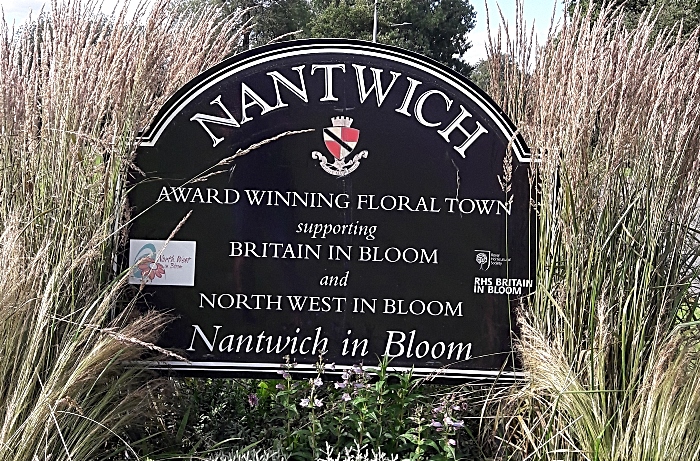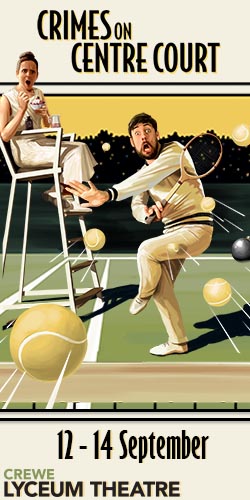
Nantwich Museum is to resume its “Aspects of Nantwich” series of talks originally scheduled for spring but interrupted by the Covid-19 pandemic.
Due to continuing restrictions, the talks will be given online with the following schedule.
Wednesday September 2 – ‘Nantwich Workhouse’ by Bill Pearson recounting tales of the people who worked there, and the inmates who ended up there.
Wednesday September 9 – ‘Nantwich’s Norman Castle’ by Bernie Strawson focusing on the long-lost castle with a wider look at Norman Cheshire and its strategic importance to William the Conqueror and his successors.
Wednesday September 16 – ‘Theatres and Cinemas of Nantwich’ by Graham Dodd outlining the development of entertainment in the town with particular reference to the theatres and cinemas.
Wednesday September 23 – ‘Nantwich Races’ by Bernie Strawson and Keith Lawrence introducing Nantwich’s racecourse and a day at the eighteenth century races. The latest aerial mapping tools and recently discovered documents have provided new evidence of the whereabouts of the racecourse.
Wednesday September 30 – ‘A Walled Garrison’ by Keith Lawrence describing what life was like in Nantwich during the English Civil War, where the wall which defended the town was located, how the residents were treated by the soldiers and how many local people died.
Participants can join talks from 1.50pm for a prompt start at 2pm.
Full instructions for joining will be provided when booking.
The cost is £5 per talk with all proceeds supporting the work of the Museum, a registered charity.
Tickets can be obtained online at: https://nantwichmuseum.org.uk/webinars-2020
For further information contact: Nantwich Museum on [email protected]; visit www.nantwichmuseum.org.uk, https://www.facebook.com/nantwichmuseum/, https://twitter.com/NantwichMuseum





















Recent Comments